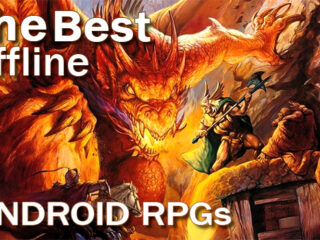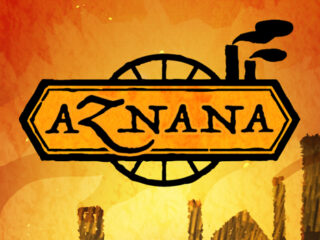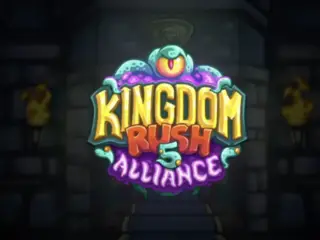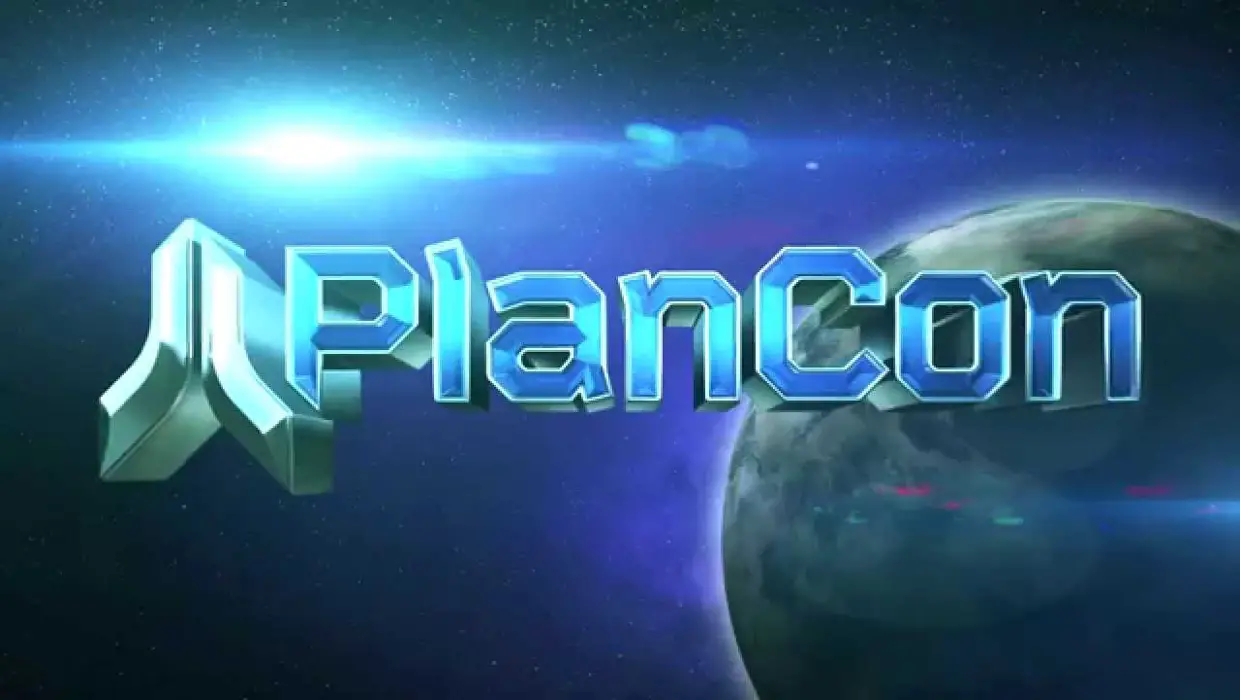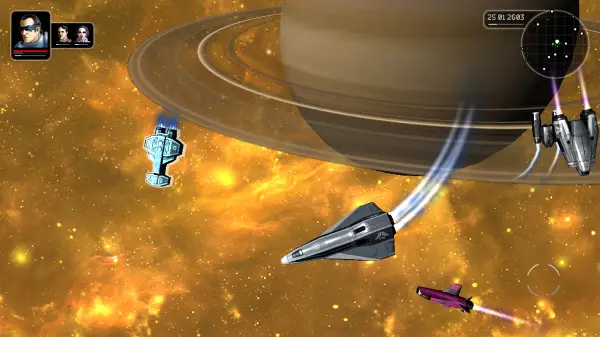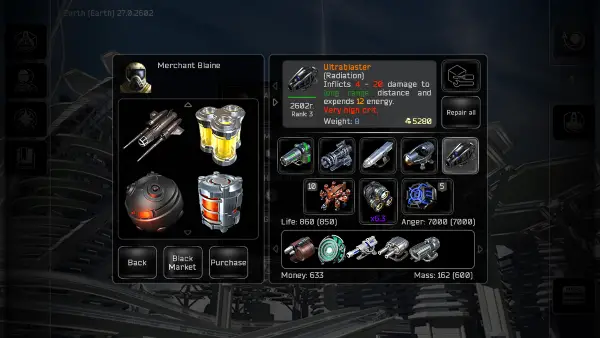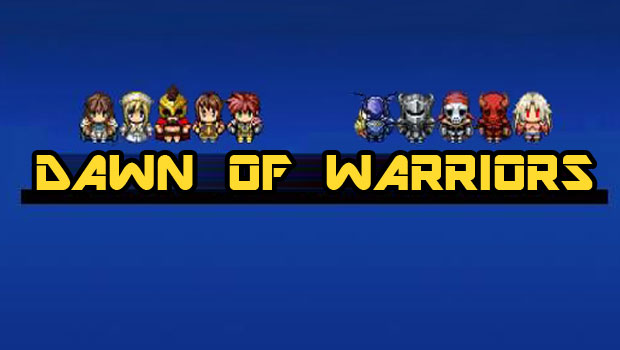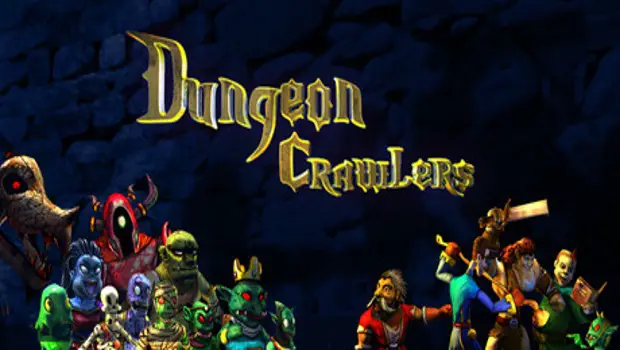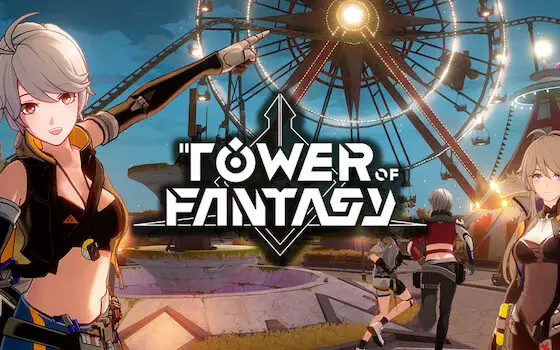 In playing PlanCon, I frequently found myself thinking of EVE Online. Though widely regarded as impenetrable to casual players, EVE makes up for it with the sheer breadth of possibilities. While space combat is certainly a major aspect of the game, it stands in service of greater economic and political conflicts, all of which are player-driven. Even if players forego combat, they can try their hand at mining or exploration. PlanCon, it seems, has emulated all the wrong parts of EVE.
In playing PlanCon, I frequently found myself thinking of EVE Online. Though widely regarded as impenetrable to casual players, EVE makes up for it with the sheer breadth of possibilities. While space combat is certainly a major aspect of the game, it stands in service of greater economic and political conflicts, all of which are player-driven. Even if players forego combat, they can try their hand at mining or exploration. PlanCon, it seems, has emulated all the wrong parts of EVE.
To set aside comparison for a moment, PlanCon is a space RPG with strategy elements. Players are granted access to the entire solar system, in which they perform missions for different human factions, in the hopes of holding off a hostile alien force. That sounds a bit more generic than it actually is, but it’s difficult to glean much more from the poor Russian-to-English translation. At one point, I received an error message that was completely untranslated.
Players take the helm of a spaceship with interchangeable weapons, shields, engines, drones, and even crew members. There is a lot of opportunity for growth and customization – if you can correctly read the stats of the parts you’re purchasing. Formatting problems on the ship menu can make item descriptions very confusing. You’ll also have to contend with the durability of different ship parts, which can even leave you engineless early on.
These purchases are made at space stations and planets, which are all presented as simple menus (much like EVE), where you can talk to NPCs for missions and trading. There is little else to do here, and early missions force players to simply ferry themselves from station to station, reading through NPC text. When combat does happen, it’s a simple double-tap on the enemy to target, while your ship auto-pilots and auto-fires. There is the option of manual control and multi-weapon targeting (if you can get the weapon bar to open with the arcane gesture it requires: holding on a button and swiping left when you feel you’ve waited long enough), but you’re better off letting the ship fly itself and firing everything at a single target.
The game already costs $2.99, and it features a premium currency called “crystals,” the only resource with which to buy space stations. You can earn a few crystals through play, but you receive only five for completing the tutorial, and they only grow more scarce from there. The lowest denomination available as an in-app purchase costs $9.99, and the game’s menus don’t even display that price until you select the option. That said, I’d be surprised if most players stuck around long enough to worry about this layer of the game.
It’s a shame, because there is certainly an audience for this sort of game. EVE has proven that players will jump through any number of structural hoops to make a grab at the cosmos. But the fundamental feature that PlanCon lacks is true expanse. It offers wide open spaces with nothing inside; paragraphs of text spoken by uninteresting characters. A mobile game shouldn’t have to compete with a time-tested MMO, but it invoked the comparison itself. If you really want to play a game of Starships & Spreadsheets, you may as well play it with thousands of like-minded astronauts, rather than alone in a vast starfield.
Hardcore?
No.
Ill-considered presentation hurts what would already be a fairly boring space strategy game.










